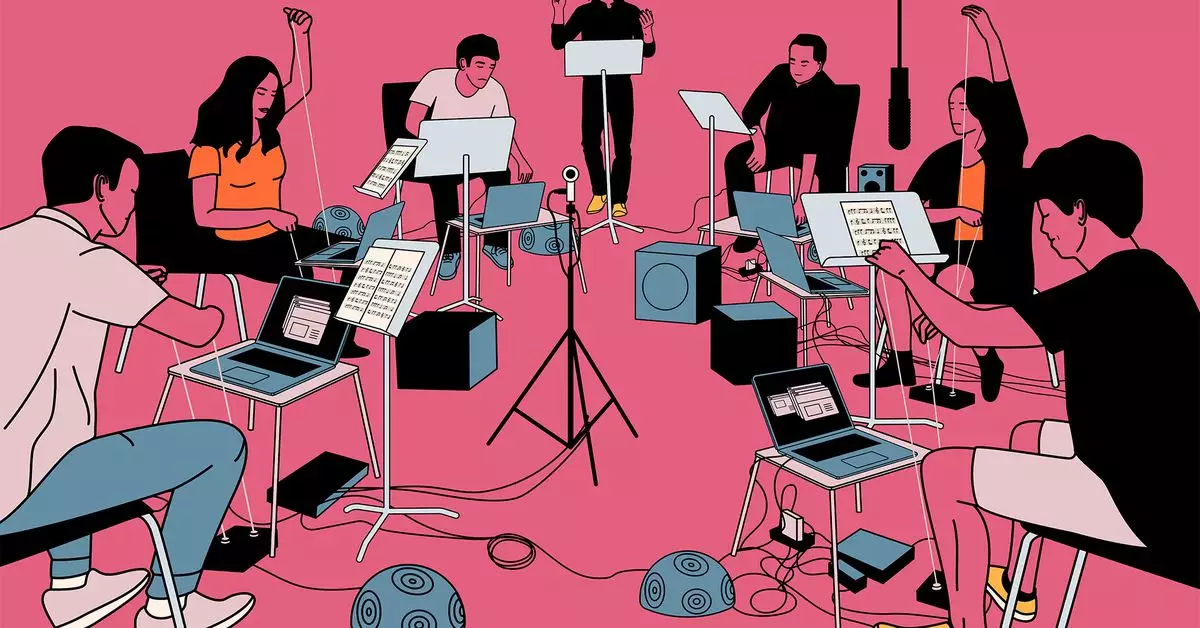In the evolving world of music, the way creators interact with technology has undergone remarkable transformation. Unlike countless artists who rely on traditional methods of composing and producing, Ge Wang utilizes computers not merely as tools, but as instruments in their own right. As an associate professor at Stanford’s Center for Computer Research in Music and Acoustics, Wang has forged a unique path that blends the artistic essence of music with the computational power of technology. His work transcends the conventional boundaries of music-making, allowing for a richer exploration of sound and creativity.
Wang’s perspective opens up a compelling discussion regarding the interplay between human creativity and technological facilitation. In a recent episode of The Vergecast, Wang emphasized the importance of encouraging students to “play” with technology rather than merely seeking to master it. This ideology not only promotes a sense of exploration but also nurtures innovation. In an age where artificial intelligence increasingly permeates creative spaces, the question arises: Are we at risk of losing the intrinsic value of the artistic process? Are we simply trading labor-intensive craftsmanship for seamless efficiency?
Wang argues that efficiency should not overshadow the nuances of creativity. There lies immense value in the struggles and learning curves that accompany artistic endeavors. It’s through grappling with challenges and embracing imperfections that profound and authentic expressions of art emerge. Thus, while technology can enhance capabilities and streamline tasks, it is essential to ponder where that leaves the creative human experience.
As AI becomes prolific in artistic tools, Wang articulates concerns about the responsibilities of those who develop these technologies. Tool makers hold significant power in shaping how creativity is expressed in a digital age. They need to cultivate tools that both inspire novel forms of creativity and nurture the fundamental aspects of human artistry. Instead of producing technologies that simply make tasks easier, creators of digital tools should promote authentic engagement with music and art, recognizing that the joy of creation often lies in the imperfections and challenges.
This conversation also probes deeper philosophical questions about our place in an increasingly automated world. If tools are designed solely for efficiency, what happens to the artistry that defines us? Wang’s insights challenge us to reflect on the essence of being human amid an avalanche of technological conveniences. Perhaps the ultimate goal of integrating technology into music isn’t to eliminate the hard work, but to enhance our experience of it—preserving the struggles that make success meaningful.
Ge Wang’s contributions to the intersection of music and technology invite a reexamination of how we approach creativity in a digital landscape. The dialogue he fosters emphasizes that the complexities of both music and human experience are integral to the creative process. As we continue to navigate a world saturated with technological advancements, it is critical to strike a balance that honors the intricacies of artistic expression while embracing innovation. The path forward lies in intertwining creativity with technology, ensuring that the essence of what makes us human remains intact, vibrant, and celebrated.


Leave a Reply